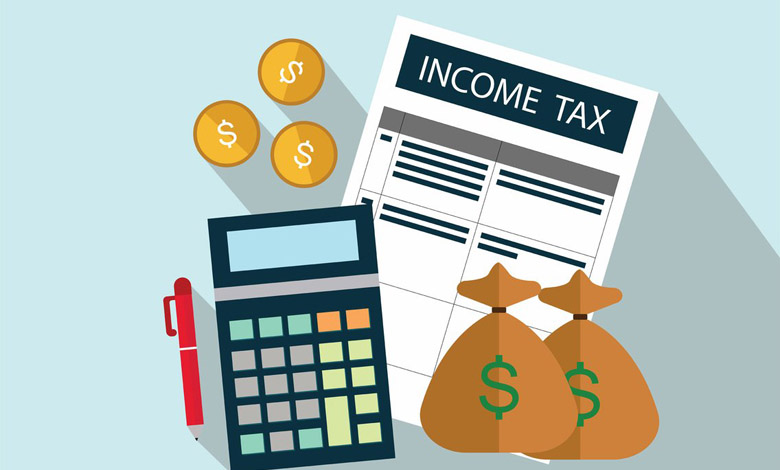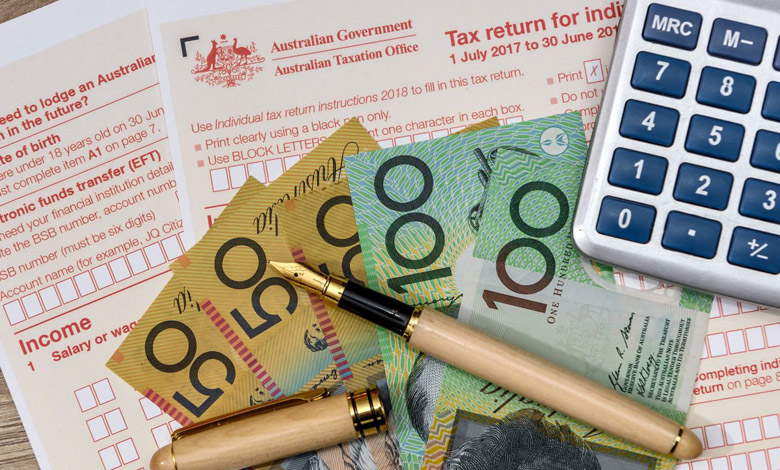People who weatherize their home or purchase alternative energy equipment may qualify for either of two expanded home energy tax credits: the non-business energy property credit and the residential energy efficient property credit.
Non-business Energy Property Credit: This credit equals 30 percent of what a homeowner spends on eligible energy-savings improvements, up to a maximum tax credit of $1,500 for the combined 2009 and 2010 tax years. This means that a homeowner can get the maximum credit by spending at least $5,000 on qualifying improvements. Homeowners must make the improvements to an existing principal residence; this tax credit is not available for new construction. Due to limits based on tax liability, other credits claimed by a particular tax payer and other factors, actual tax savings will vary. The cost of certain high-efficiency heating and air conditioning systems, water heaters and stoves that burn biomass all qualify, along with labor costs for installing these items. In addition, the cost of energy-efficient windows and skylights, energy-efficient doors, qualifying insulation and certain roots are also eligible for the credit, through the cost of installing these items does not count.
Residential Energy Property Credit: Homeowners going green should also check out a second tax credit designed to spur investment in alternative energy equipment. The residential energy efficient property credit, equals 30 percent of what a homeowner spends on qualifying property such as solar electric systems, solar hot water heaters, geothermal heat pumps, wind turbines, and fuel cell property. Qualifying property purchased for new construction or an existing home is eligible for the credit. Generally, labor costs are included when calculating this credit. Also, no cap exists on the amount of credit available except in the case of fuel cell property.
Not all energy-efficient improvements qualify for these tax credits. For that reason, homeowners should check the manufacturer’s tax credit certification statement before purchasing or installing any of these improvements. The certification statement can usually be found on the manufacturer’s Web site or the product packaging. Normally, a homeowner can rely on this certification. The IRS cautions that the manufacturer’s certification is different from the Department of Energy’s Energy Star label, and not all Energy Star labeled products qualify for the tax credits.




